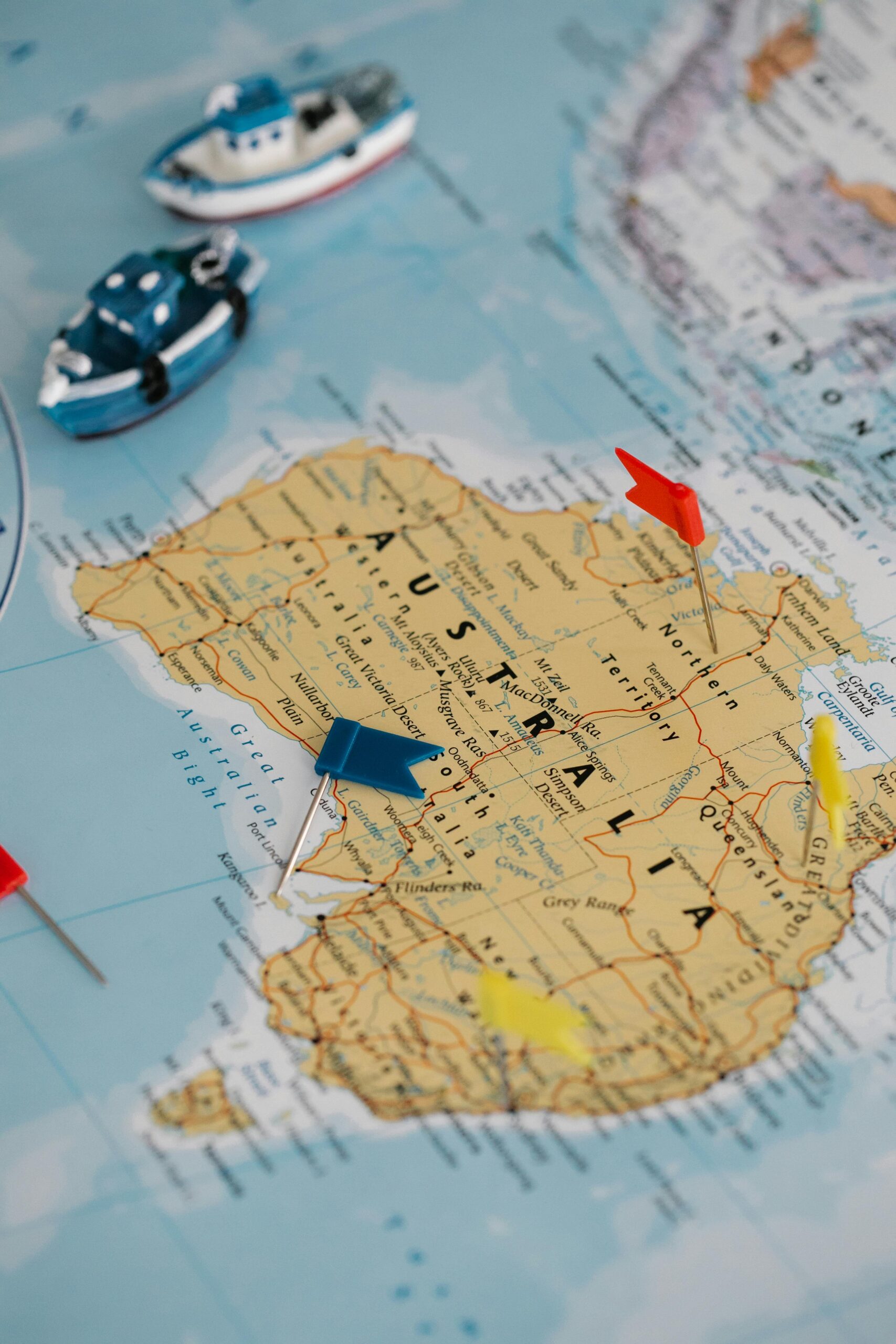Will you buy one? I will eventually but probably not the first version. But who will? Will this be a big success – or a dismal failue? Pymnts.com recently voiced their opinion:
Spring is here. Well so we hear anyway, as PYMNTS is located in Boston where spring is more rumor than reality. If the Weather Channel is to be believed however, in other parts of the world the great weather change is underway — which means flowers, sunshine and the newest Apple gadget.
This year, the Apple Watch is the contender for the spring and summer must-have – and yesterday it went on sale in the U.S., and a handful of other locations around the world for pre-orderers hoping to have theirs in-hand by the end of the month. Some of them, it seems, will have to keep hoping – as of the time this article was written (about 6 hours into pre-orders being open) many of the models sold out for April delivery already and are now expected to ship to consumers by the end of June. First to go were the most affordable models (no big surprise), followed quickly by the top-of-the-line versions. Given the trends of Day 1 it seems likely that all models will be tapped out for April delivery quickly.
While Apple seemingly has not had any difficulty rallying the early-adopting fanboy troops for its latest product launch, it remains to be seen if Apple can crack a wearables market littered with high-profile casualties like just about every other wearable to come to market. Early reviews have been a mixed bag — with a developing consensus that the Apple wearable is well designed, cutting edge, possibly the best thing of its kind ever created, and also completely and totally unnecessary for anyone who already has a smartphone.
Which resulted in an April 10 downgrade of Apple stock by Raymond James. One of its analysts has pointed out that 5 percent of iPhone users intend to buy one, which is down from 10 percent at the end of last year. The downgrade isn’t so much a function of the Watch being a miss, but a nagging concern on the part of investors that Apple may have trouble launching new products outside of its smartphone/computer wheelhouse.
CNET’s Scott Stein said the Watch was “beautiful, bold watch, with complications,” but after a lengthy walk-through, concluded, “You don’t need an Apple Watch. In many ways, it’s a toy” — though in the future that could change, he added.
The Wall Street Journal also noted that the smartwatch was a good first attempt – but ultimately steered potential buyers to wait for the 2.0 version with better battery life and a better understood interface.
“The body is bound to get thinner. Soon, we won’t have to charge the battery every night, the software won’t ever get stuttery and those health sensors will get even more accurate.”
However, while reviewers were not convinced that the Apple Watch is poised to change the face of mobile devices as we know them – others offered a review that mirrored Techpinions writer Ben Bajarin’s opinion – which, in summary, said the watch was “dramatically more useful than I initially thought” as a user interface.
The limitations of the Apple Watch have been well cataloged – short battery life and essentially being useless unless paired with an iPhone 5 or 6 have most notably surfaced.
So, instead, we are looking at the potential new horizons Apple Watch is opening up and how commerce and payments players are using it and could use it in their continuing quest to catch (or possibly create) the digital customer.
Payments
The most obvious commerce enhancement that comes with the launch of the Apple Watch is the effective expansion of Apple Pay to a wider base – since the watch (which has both biometric authentication and the NFC secure element) can be used in conjunction with an iPhone 5 to access Apple Pay.
In practical terms – this opens Apple Pay to the 700,000 physical locations and dozens of dozens of Apple Pay-enabled apps up to a new user base – and a user base that might just have been quietly waiting for their big opportunity to pay the Apple way.
Shopping
However, the Apple Watch is also drawing in some new – and big – eCommerce merchants into the action.
Amazon — which generally shows the same level of enthusiasm for collaborating with Apple that most people show for unanesthetized dental work – has reportedly hinted to TechCrunch that they are ready to roll with their one-click shopping app for the Apple Watch as part of their quest “to expand to other devices.” Amazon might also be hoping that the Apple Watch gets the market more excited about wearables in general – given the rumors that they are preparing to launch their smartwatch to compete with the Apple product. Given Amazon’s spectacular failure to compete with Apple in the mobile phone market with the Fire Phone – this rumor seems perhaps far-fetched. Then again, rumor also has it that Amazon might just undercut Apple on price – taking a loss on the device and making it up in increased eCommerce.
Why Amazon wouldn’t just make apps for Apple and let them spend the money on the device while they lap up the eCommerce profits – as MPD CEO Karen Webster suggested would be a better strategy when writing about the Fire Phone before the phone launched – isn’t quite clear – but then, Amazon is mysterious.
But Amazon isn’t the only putative Apple competitor signing on to enable wrist-based commerce via the Apple Watch – eBay is also leaping in, with apparently high hopes for pairing auctions with wearables. eBay is the current parent company and soon to be “special ally” of rival payments platform PayPal – but it seems the firm – particularly in the person of RJ Pittman – is ready to make the next big digital jump with their auctions to users’ wrists. Pittman is eBay’s Head of Product currently and came to the firm via Apple’s eCommerce unit.
“We’re thinking about breaking the barrier of websites, even apps and downloads, and transact commerce at the speed of thought,” Pittman told Buzzfeed of his company’s evolution from doing auctions in the glory days of dial-up to finding ways to make them relevant to the wearables experience.
Pittman wasn’t too specific on how eBay is going to do this – though he threw in industry buzzwords “ephemeral” and “frictionless” and noted that eBay is “uniquely suited to jump into wearables.” His logic being Apple’s watch is in fact an extension tech of their phones, meaning “several hundred million” people who have already downloaded eBay’s app will be watch-enabled, “just with the app they have.”
The appeal of Apple Watch for shopping, however, is apparent, according to Point Inside CEO Josh Marti.
“We create a digital context around every product,” Marti noted. “You finally have a digital clickstream to the physical world, and that piece comes into play on the watch side. We tell you whether or not an item is in that store, but also where it is in that store—the two most important questions shoppers ask.”
Offers
And the digital context that Apple is looking to create for its wearable extended past buying and selling. It is also extending into savings – with the release of the watch, Coupons.com is ramping up opportunities for brands on the device via an application that delivers personalized offers based on location.
“We want to bring as much utility to consumers as we can when it comes to saving money and that means making shopping more convenient,” said Bruce Sattley, senior vice president of product management a Coupons.com in Mountain View, California. “We think the Watch can play a great role in this area – among dozens of other potential uses (health, messaging etc).
Banking
The expanding purview of the wearable is also expanding into banking – as the big banks are signing up, even if slowly. Of the nine initial apps announced for the Apple Watch, Citi’s was the only banking app. Others have since followed suit – and actually Citi’s move was reportedly unusual, as this marked the first time the global financial power player has ever developed an app for a device not already in market.
“In the past it would probably have taken us at least twice as long, or even more, to implement. This time we were able to adopt a much more aggressive development approach.” Heather Cox, Citi’s Chief Client Experience, Digital and Marketing Officer, told Forbes. ”Compared to startups, compared to companies like Uber, that can create a new experience every week, our banking culture is more methodic, more like one foot in front of the other. But we want and have to become more nimble.”
And while Citi is the fastest player to the banking/Watch gate – many industry watchers are watching how consumers interact with their banks via their wearable, with some predicting a comeback of personal financial management (PFM) services offered via banks – which have been on the decline in the increasingly self-service modern banking environment.
So will Apple change how we see wearables?
Hard to say – wearables thus far have been a thing that has successfully gotten a lot of tech writers giddy, a lot of crowdfunding investors excited and a lot of consumers confused as to why they need a new device that does the same thing their smartphone does – only with a smaller screen and shorter battery life.
But, if Apple can find a way to make the wearables experience truly different and superior to the phone experience – through more personalized access to banking, faster commerce, increased access to Apple Pay or a better crack at saving on goods – well then they just might be on to something.
Plus – as yesterday’s sales results indicate – Apple can actually get people en masse to buy their wearables – at least the early adopters, anyway.












